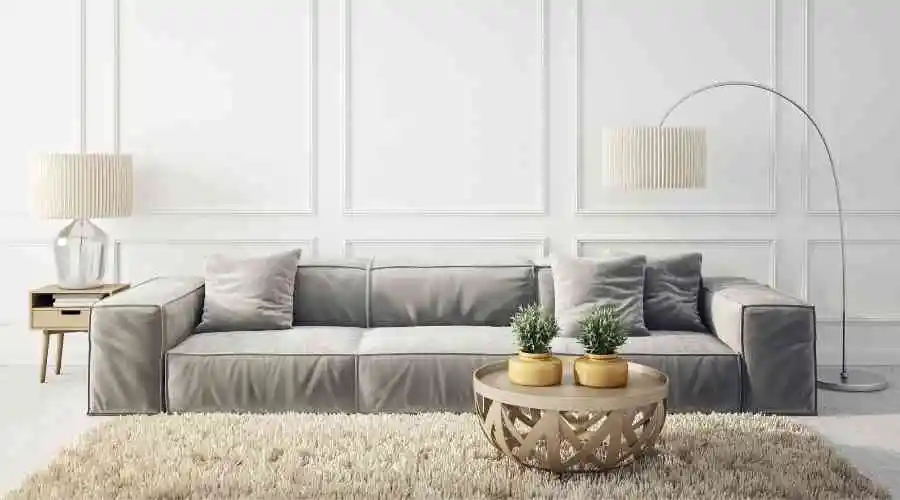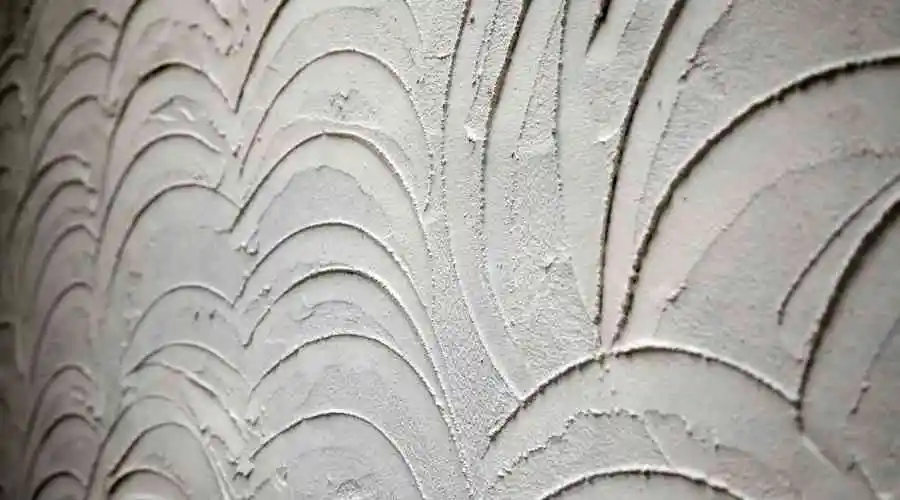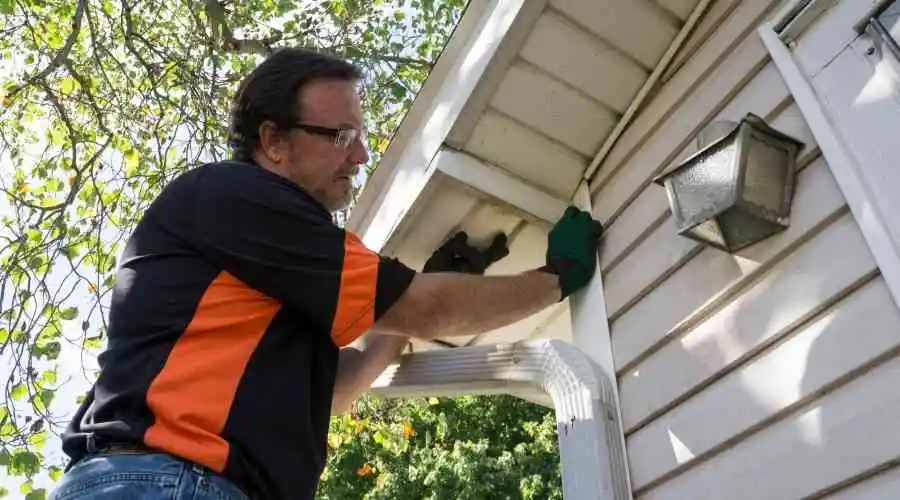Exploring the Nuances of Stucco Installation Expenses
Upgrading your home's exterior with a tough material like stucco can be a big step. It adds beauty and protects your home. But, as you plan, you'll naturally think about how much it will cost. This guide helps you understand all the different parts that affect the cost of stucco installation. It discusses choosing materials, paying workers, preparing the site, and finishing touches. You'll learn useful tips to manage your budget better and save money. With this knowledge, you can feel more confident about your stucco project, knowing you're ready to make smart choices. Visit https://daytonstucco.com/ for more details.
Factors Unraveling the Tapestry of Stucco Installation Expenses
Surface Area and Architectural Complexity
The size of the area you want to cover with stucco affects how much it will cost. Bigger areas need more materials and work; if your design is complex, it needs more skill and effort, making it more expensive. Other things, like getting the surface ready, how easy it is to reach, and the kind of finish you want, also affect how much it will cost to install stucco.
Diverse Stucco Finishes
Deciding on the kind of stucco finish you want is important because it affects how much you'll pay. Whether you choose a smooth, dash, or lace finish, each needs different materials and work. Smooth finishes need a lot of careful work to make them look perfect, so they usually cost more. And if you go for fancy textures like lace, it might need extra skill and time, which can increase the cost even more. So, it's good to understand the differences between finishes before you decide so you can pick the one that fits your style and budget best.
Surface Preparation Challenges
The condition of your walls affects how much it will cost to install stucco. If there are big problems like cracks or water damage, fixing them can take time and money. It's important to check the walls carefully before starting so you know what to expect. That way, you can plan properly and make sure everything goes smoothly when you install the stucco.
Geographical Location and Accessibility
Your house's location affects how much it will cost to install stucco because labor and materials can cost different amounts in different places. Things like how easy it is to get materials to your house and the local job market also play a part. If your house is far away or hard to reach, it can cost more labor because workers might need to put in extra effort to get there. Considering these location factors helps you determine how much your stucco project might cost and plan accordingly.
Material Quality as a Cost Determinant
Picking the type of stucco materials affects how much your project will cost. Choosing better-quality materials costs at first, but they last longer and need fewer repairs. Also, high-quality materials can handle weather conditions better and look nicer, making your stucco last longer and adding value to your home. So, even though good materials cost more initially, they can save you money in the long run and make your home look better for longer.
Crafting Budgeting Strategies for Stucco Installation
Seek Wisdom in Multiple Quotes
Talk to trusted stucco companies and ask them for quotes so you can compare them carefully. Please make sure the estimates they give you cover everything you need to pay for, like materials, labor, and any extra fees that might come up. When you have detailed quotes from different companies, you can see exactly where your money is going and decide how to plan your budget for the project. This helps you choose a stucco company that fits your needs and wants and matches your budget goals.
Uncover the Cost Breakdown
Ask the contractors you've chosen to give you a detailed list of all the costs involved. When you know exactly what you're paying for, you can see where to make changes to save money. This could mean using different materials or bargaining for lower labor costs. Understanding where your money is going helps you make smart decisions about your budget without sacrificing quality. With this knowledge, you'll be better prepared to manage your stucco project's challenges and ensure it stays within your budget.
Embrace Long-Term Vision for Savings
It's important to consider the money you spend upfront, but it's also really important to consider how much you might save in the long run. Even though buying top-quality materials and hiring skilled workers can cost more initially, it can save you a lot of money over time. When you invest in good materials and expertise, you're not just buying stucco - you're ensuring your home stays strong and looks good for a long time. This careful way of doing things not only makes your home last longer and look better, but it also means you won't have to spend as much on repairs later on, which saves you money in the end.
Innovative Cost-Saving Measures in Stucco Installation
Empower Yourself with DIY Preparation
If you're okay with basic construction work, consider doing some prep work yourself. This could mean cleaning up well, fixing small problems, or removing old finishes. Doing these tasks on your own could help move the project along faster and save you some money on labor. But it's really important to be honest about what you can handle and ensure you do things safely and correctly. Getting everything ready properly is important for ensuring the stucco goes smoothly, and everything turns out how you want it to.
Opt for Mid-Range Finishes
Even though smooth finishes look nice, considering mid-range stucco finishes can be a good idea because they balance looks and cost. These finishes still make your property look great without costing too much. You can get the look you want by picking a mid-range finish without spending more money than you planned. This way, you can spend your money wisely and make your property look nice. Also, mid-range stucco finishes are versatile and work well with different styles and designs, adding even more value to your choice.
Strategic Off-Peak Scheduling
Think about planning your stucco installation when there aren't many people getting work done, like during slower seasons. Contractors might be more willing to lower their prices since they don't have as much work. Taking advantage of these times could help you save a lot of money without sacrificing the quality of the job. Plus, scheduling your installation during quieter times might give you more choices for when the work gets done, making the whole process easier. So, considering this option could help you save money and make your project go more smoothly.
Gold Star Stucco & EIFS Repair Repair: A Stalwart Ally in Your Stucco Journey
When installing stucco, it's important to have a trustworthy partner. Gold Star Stucco & EIFS Repair is a great choice because we have lots of experience and skills to help you with your installation. Our team is good at what we do and always works within your budget. We're transparent about our costs and can advise you to ensure your investment is used wisely. With Gold Star Stucco & EIFS Repair, you can trust that we'll do a professional job and give you great results for your stucco installation.
Understanding the intricate nuances of stucco installation costs requires thoroughly examining multiple factors. With this insight and a robust approach to budgeting and cost-saving tactics, you can confidently embark on your stucco project. Rest assured, Gold Star Stucco & EIFS Repair stands ready to transform your stucco aspirations into a breathtaking reality. Our team is dedicated to enhancing the allure and durability of your home's exterior, ensuring that every detail is meticulously attended to. With our expertise and commitment to excellence, you can trust us to bring your vision to life and elevate the aesthetic appeal of your property.



